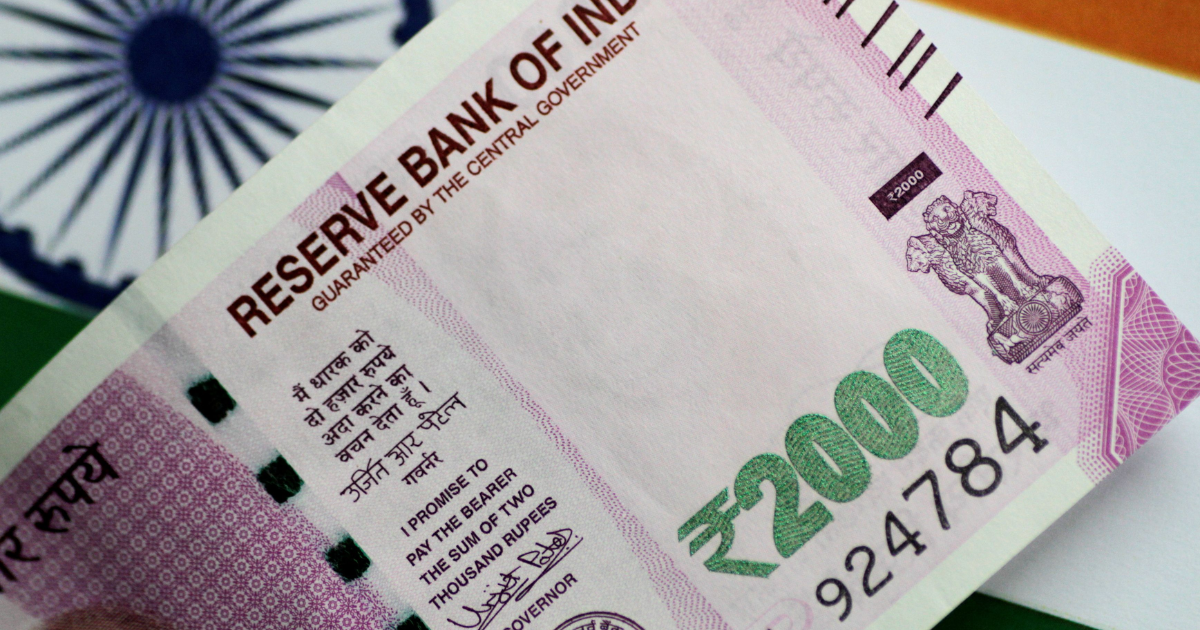The Reserve Bank of India (RBI) has announced the withdrawal of the 2,000 rupee notes from circulation, stating that people can exchange or deposit them in their bank accounts by September 30. Starting May 23, the RBI’s 19 regional offices and other banks will begin accepting the 2,000 rupee notes in exchange for lower denomination ones. The withdrawn notes will remain legal tender, according to the central bank.
The 2,000 rupee note was introduced in November 2016 after Prime Minister Narendra Modi demonetized the high-value 1,000 and 500 rupee notes overnight. The RBI explained that the objective behind introducing the 2,000 rupee notes was achieved when banknotes of other denominations became widely available. As a result, the printing of the 2,000 rupee notes was discontinued in the fiscal year 2018-19.
To ensure operational convenience and avoid disruption at bank branches, the exchange of 2,000 rupee notes for lower denomination notes will be permitted up to a limit of 20,000 rupees at a time, starting from May 23, 2023. The RBI also clarified that people can deposit or exchange lower-denomination notes until September 30.
The central bank highlighted that around 89% of the 2,000 rupee notes were issued prior to March 2017 and have reached their estimated lifespan of four to five years. The total value of these notes in circulation has decreased from 6.73 lakh crore rupees at its peak on March 31, 2018 (37.3% of total notes in circulation) to 3.62 lakh crore rupees, constituting only 10.8% of total notes in circulation as of March 31, 2023. The RBI emphasized that the 2,000 rupee note is not commonly used for transactions.
This move by the RBI is reminiscent of a similar withdrawal of notes from circulation that took place during 2013-2014. The central bank aims to streamline the currency system and maintain the efficient functioning of bank branches while ensuring the public’s convenience during the exchange process.



![[CITYPNG.COM]White Google Play PlayStore Logo – 1500×1500](https://startupnews.fyi/wp-content/uploads/2025/08/CITYPNG.COMWhite-Google-Play-PlayStore-Logo-1500x1500-1-630x630.png)